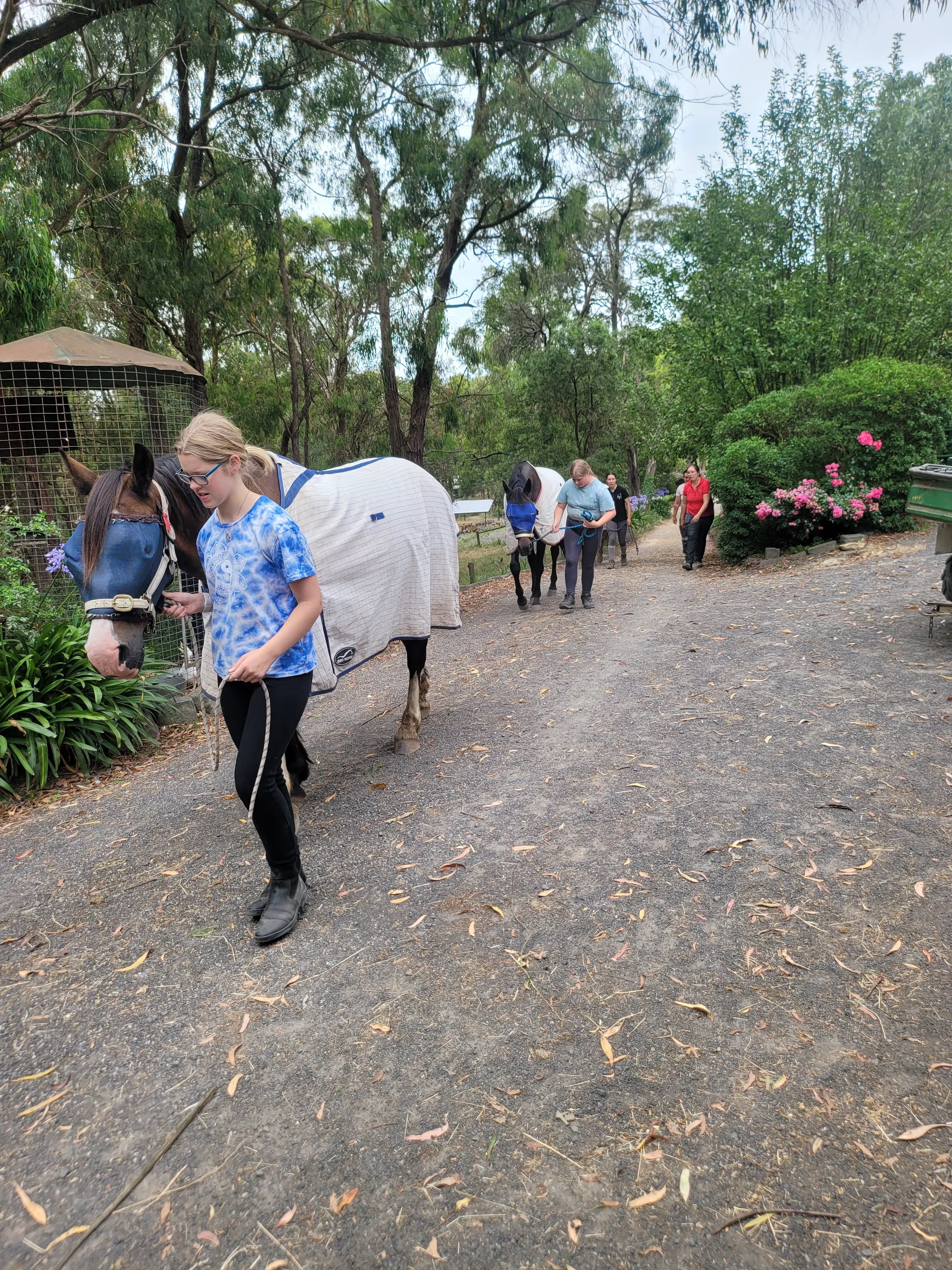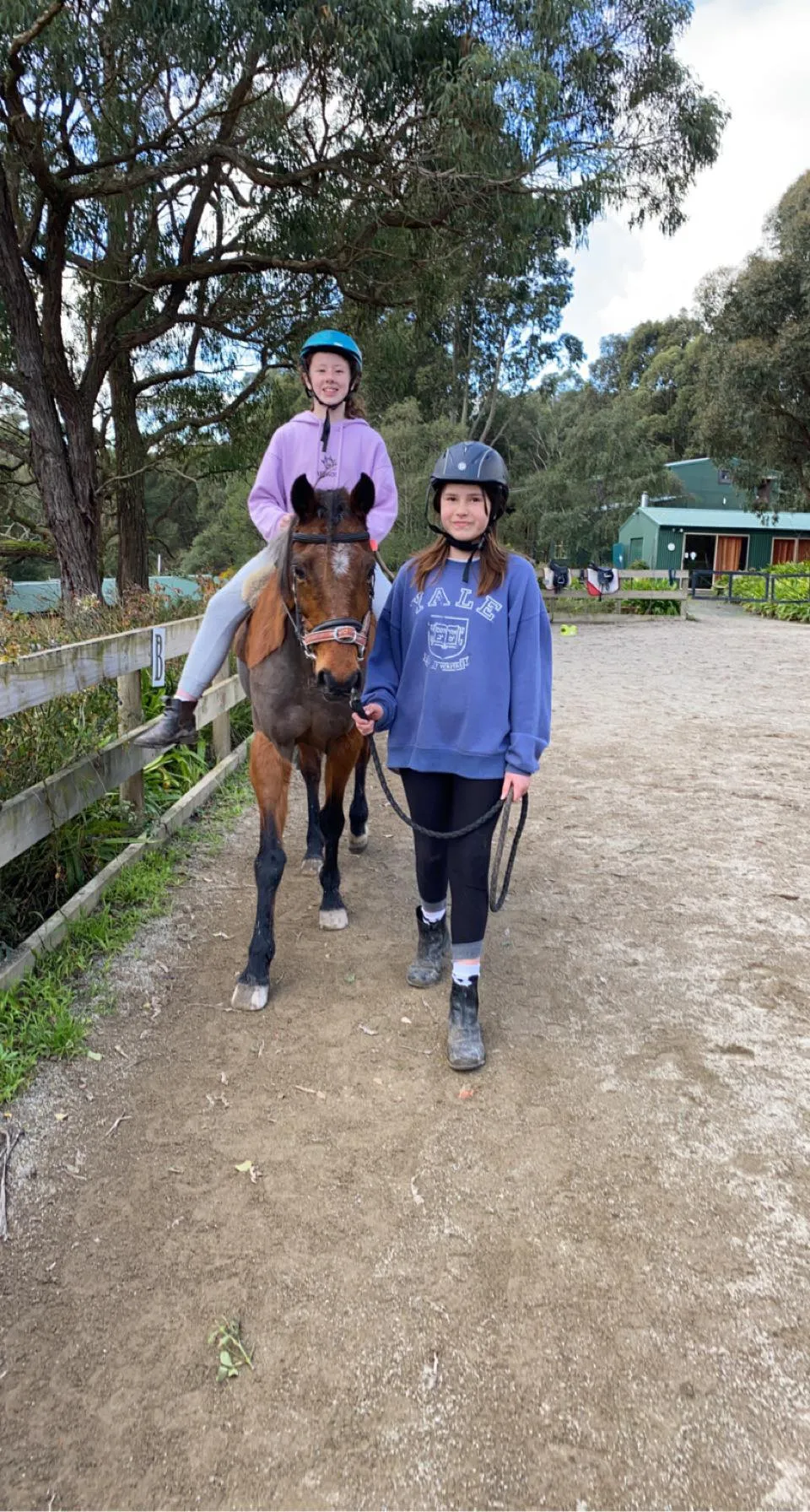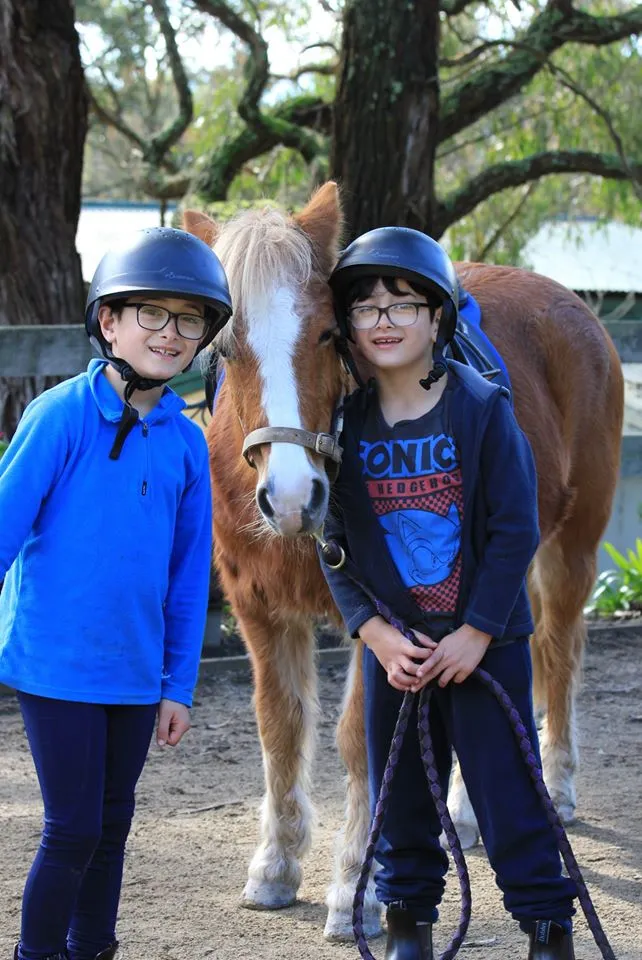The Importance of Correct Horse Leading: Ensuring Safety and Harmony in Every Situation
Leading a horse correctly is a fundamental skill that every horse owner and handler must master. Whether you’re moving your horse from the paddock to the hitching rail, navigating busy competition grounds, or guiding them to the riding arena, proper leading techniques are crucial for ensuring safety and harmony. In this blog, we’ll delve into the importance of leading a horse safely and correctly in various situations, emphasizing why it’s vital for both the horse’s well-being and the handler’s peace of mind.

Understanding Proper Horse Leading Techniques
Before diving into specific scenarios, it’s essential to understand what constitutes proper horse leading. Leading a horse involves more than just holding the lead rope and walking forward. It requires clear communication, consistent handling, and an understanding of the horse’s body language. Proper leading ensures that the horse remains calm and responsive, minimizing the risk of accidents or behavioural issues.
1. From the Paddock to the Hitching Rail
One of the most common scenarios where proper leading is essential is moving a horse from the paddock to the hitching rail. This seemingly simple task can be fraught with potential issues if not handled correctly.
a. Establishing Respect and Control
When leading a horse from the paddock, it’s crucial to establish respect and control right from the start. Approach the horse calmly and confidently, ensuring that they are paying attention to you before you attach the lead rope. A well-established groundwork routine can make this process smoother. By demonstrating leadership and setting clear expectations, you help the horse understand what’s required and reduce the chances of them pulling away or becoming skittish.
b. Safety First
Safety is paramount when leading a horse. Ensure that the lead rope is of appropriate length and avoid holding it too tightly, as this can make the horse feel trapped and anxious. Keep your body positioned to the side of the horse’s head, maintaining a safe distance from their hooves. Be mindful of any potential hazards in the paddock area and plan your route to avoid obstacles.
c. Smooth Transitions
Moving from the paddock to the hitching rail should be a smooth and stress-free transition for the horse. Maintain a steady pace and avoid sudden movements or jerks on the lead rope. If the horse is hesitant or nervous, take the time to reassure them and move at a pace that they are comfortable with. A smooth and calm approach helps build the horse’s trust and makes future leading tasks easier.

2. Navigating Competition Grounds
Competitions can be bustling environments with various distractions, making proper horse leading even more critical. Whether you’re walking your horse to the arena, the stabling area, or the warm-up ring, following correct leading techniques helps ensure a positive experience for both you and your horse.
a. Handling Distractions
In a competition setting, your horse will encounter numerous distractions, including other horses, loud noises, and unfamiliar environments. To lead your horse safely through these challenges, stay focused and keep a steady grip on the lead rope. Use calming cues and maintain a confident demeanour to help your horse stay relaxed and attentive. Familiarize your horse with competition environments ahead of time through exposure and training to reduce anxiety.
b. Effective Communication
Clear communication between you and your horse is essential in a competition setting. Use gentle but firm cues to guide your horse, and be aware of their body language. If your horse becomes anxious or excited, take a moment to regain their focus before proceeding. Consistent and effective communication helps prevent misunderstandings and keeps your horse calm and cooperative.
c. Efficient Time Management
Competitions often operate on a tight schedule, so efficient time management is crucial. Plan your route carefully and avoid unnecessary delays. Arrive early to allow ample time for acclimating your horse to the environment. By managing your time effectively, you reduce stress for both yourself and your horse and ensure that you’re prepared for your competition.
3. Leading to the Riding Arena
Leading your horse to the riding arena is another scenario where proper technique plays a vital role. This transition is critical for preparing your horse for the work ahead and ensuring their safety throughout the process.
a. Preparing for the Arena
Before leading your horse to the riding arena, ensure that they are tacked up properly and that all equipment is in good condition. Check for any potential hazards in the arena area and make sure it’s safe for your horse to enter. By preparing thoroughly, you set the stage for a smooth and productive ride.
b. Building Confidence
Leading your horse to the arena should be done with a focus on building their confidence and readiness for the session. Use positive reinforcement and calm cues to guide them into the arena. If your horse is apprehensive about entering the arena, take your time and reassure them with gentle encouragement. A confident approach helps your horse feel secure and ready to perform.
c. Maintaining Focus
While leading to the arena, it’s important to maintain your horse’s focus and avoid distractions. Keep a steady pace and avoid sudden changes in direction or speed. By maintaining focus and consistency, you help your horse stay attentive and prepared for the ride ahead.

4. The Long-Term Benefits of Proper Leading
Mastering the art of leading a horse correctly has numerous long-term benefits beyond just ensuring safety in specific scenarios.
a. Strengthening the Bond
Proper leading techniques help strengthen the bond between you and your horse. By communicating effectively and handling your horse with care, you build trust and mutual respect. This strong bond translates into better cooperation and a more harmonious partnership in all aspects of horse care and riding.
b. Enhancing Training and Performance
Horses that are led correctly are more likely to be well-behaved and responsive during training sessions and competitions. Proper leading helps reinforce positive behaviors and reduces the likelihood of resistance or behavioral issues. As a result, your horse’s overall training and performance improve, leading to more successful and enjoyable riding experiences.
c. Promoting Overall Well-Being
Leading a horse correctly contributes to their overall well-being. A horse that feels safe and respected during leading is less likely to experience stress or anxiety. This positive experience extends to other areas of their care, including grooming, tacking up, and riding. By prioritizing proper leading techniques, you promote your horse’s physical and emotional health.
Conclusion
The importance of leading a horse correctly and safely cannot be overstated. From moving them from the paddock to the hitching rail, navigating competition grounds, and guiding them to the riding arena, each scenario requires careful attention to detail and effective communication. By mastering proper leading techniques, you ensure your horse’s safety, build a strong bond, and enhance their overall well-being. Remember, leading is not just about moving from point A to point B; it’s an integral part of responsible horse handling that sets the stage for a positive and successful relationship with your equine partner.
By incorporating these leading practices into your routine, you’ll create a safer and more enjoyable experience for both you and your horse, fostering a lasting partnership built on trust and respect.

